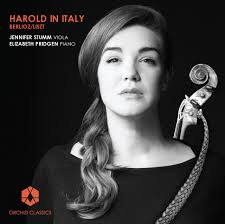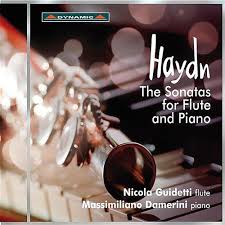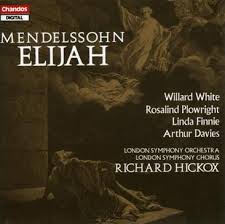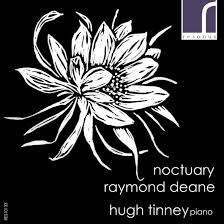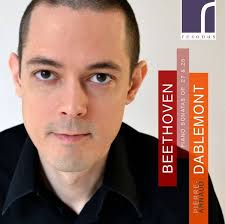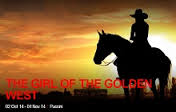A Saturday Prom which lived up to expectations. Opening with a brash account of Berlioz’ overture Le corsair – the brass at their flamboyant best and a real sense of French style – the main work in the short first half was Elgar’s Sea Pictures. It is difficult to realise that for many years they were not performed complete and that a latent snobbishness surrounded Elgar’s choice of texts. What is unquestionable is that the texts are superbly reflected in Elgar’s settings and the sense of brooding melancholy whose constant images of death haunt the whole work. To take individual songs of context is to ignore the underlying narrative. No such problem here of course and Alice Coote is a renowned interpreter of the cycle. Her hushed, often parlando style heightens the dramatic impact of the text and allows us to sense the tensions which lie below it. There was a unexpected ominous weight to sections of Sea Slumber-Song with the bass gong overawing the orchestra. By contrast the simplicity of In Haven which can too easily seem naïve, was here a bastion of faith. There are pre-echoes of Peter Grimes in Sabbath Morning which Mark Elder caught with ease, and the operatic style of Alice Coote’s diction suited his approach well. All of these strengths came together in the Swimmer where mysticism and emotional turmoil unite to focus on the need to subsume all. A wonderful reading.
The second half opened with the London Premiere of Helen Grime’s Near Midnight. She is associate composer with the Halle orchestra and the work was written for them. There is a constant edginess to the score and an underlying tension which frequently explodes from within the overall calm and fluidity of the writing. Percussion is used to provide a liquid base for other sections of the orchestra rather than aggressive attack or power. Though the style is highly personal and there is a real sense of voice, in terms of comparison this leans more towards the impressionistic world of Ravel than more recent composers. A CD of her works is promised for later in the year.
The concert concluded with Beethoven’s 3rd Symphony, the Eroica. Mark Elder draws on all of his experience with original instrument bands to give us a reading that is light, fluid and yet has real bite and terrific edge, particularly from the brass and wind. There was nothing ponderous about the Marcia funebre which constantly radiated hope. In the Scherzo the horns even managed some gentle ornamentation which was highly effective. The finale was brisk, business-like and impressively structured. The Halle may know this music very well but it never ever sounds as if they are not delighted to be playing it for us.

